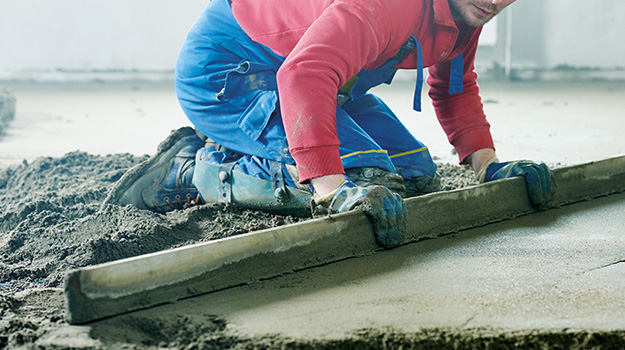FAQ

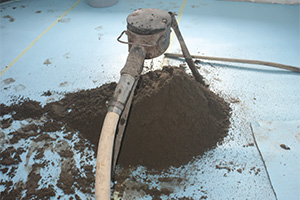
What thickness for a floating screed?
Approximately 6 cm is required to achieve the best insulation level with insulit Bi+8 and Bi+9 and ±8 cm for insulit Bi+20. Insulit 55+ and 4+2 allow you to work with a thickness of 5 cm. Our laboratory tests have shown that the effectiveness of the insulit is optimum from these thicknesses onwards. A good thickness will always give better acoustic results.
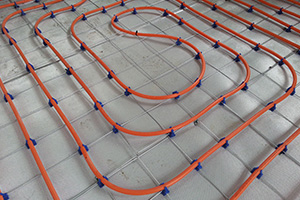
Are the insulit underlays suitable for underfloor heating?
Yes! In this case, we recommend that the heating system is placed above the underlay. The pipes are laid in a floating installation and are held on a mesh or in a structured membrane, without perforating the insulit underlay.
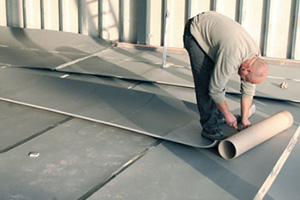
Can we install the insulit in a double layer?
No, except for insulit 55+ and insulTop 15, the membranes have been designed for single layer installation.
Is it allowed to screw or nail through the insulit underlay?
No, because any element passing through the underlay inevitably creates an acoustic bridge. This reduces the performance of the underlay and increases the nuisance for the room below.
It is also forbidden to glue the underlay to the floor.
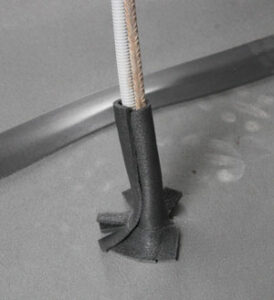
What if some elements have to pass through the membrane?
It is possible to make sleeves around the pipe or duct passing through the thicknesses. The underlay uncouples the successive layers from the structure of the building, impact noises cannot be transmitted to the rest of the house.
Can the insulit underlays be used for another purpose?
No, each underlay has been developed for a specific application. Changing their primary use can have adverse consequences on the strength and stability of the structures of the floors and final coverings.

Does using sprayed polyurethane improve performance?
No, according to the tests carried out at the BBRI, it has been noted that sprayed thermal polyurethane is a very poor acoustic insulation and that it does not meet the standards in force. In addition, it reduces the performance of the membranes laid on it. Thermal alternatives exist to maintain the high levels of performance of insulit underlayers.

